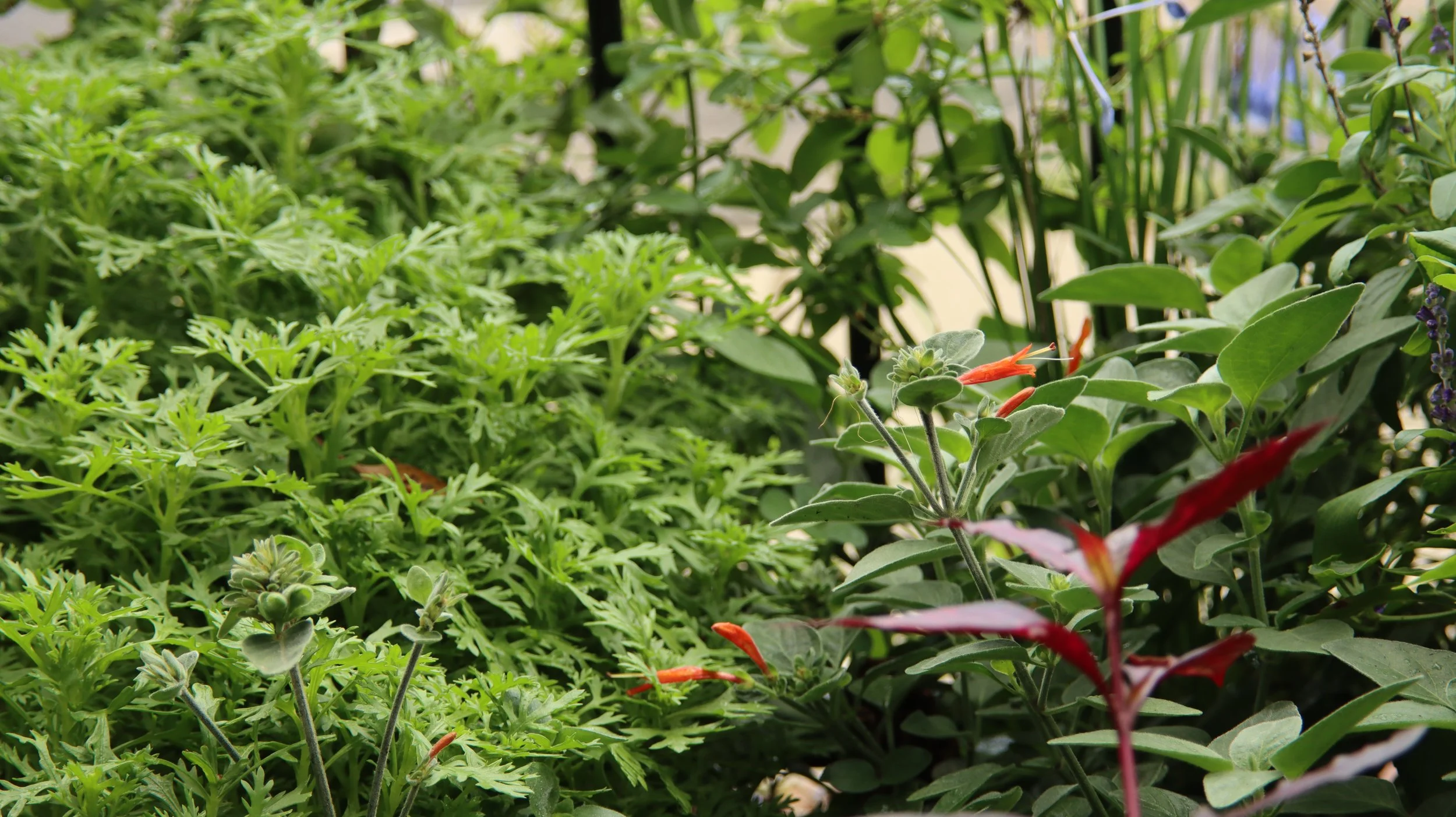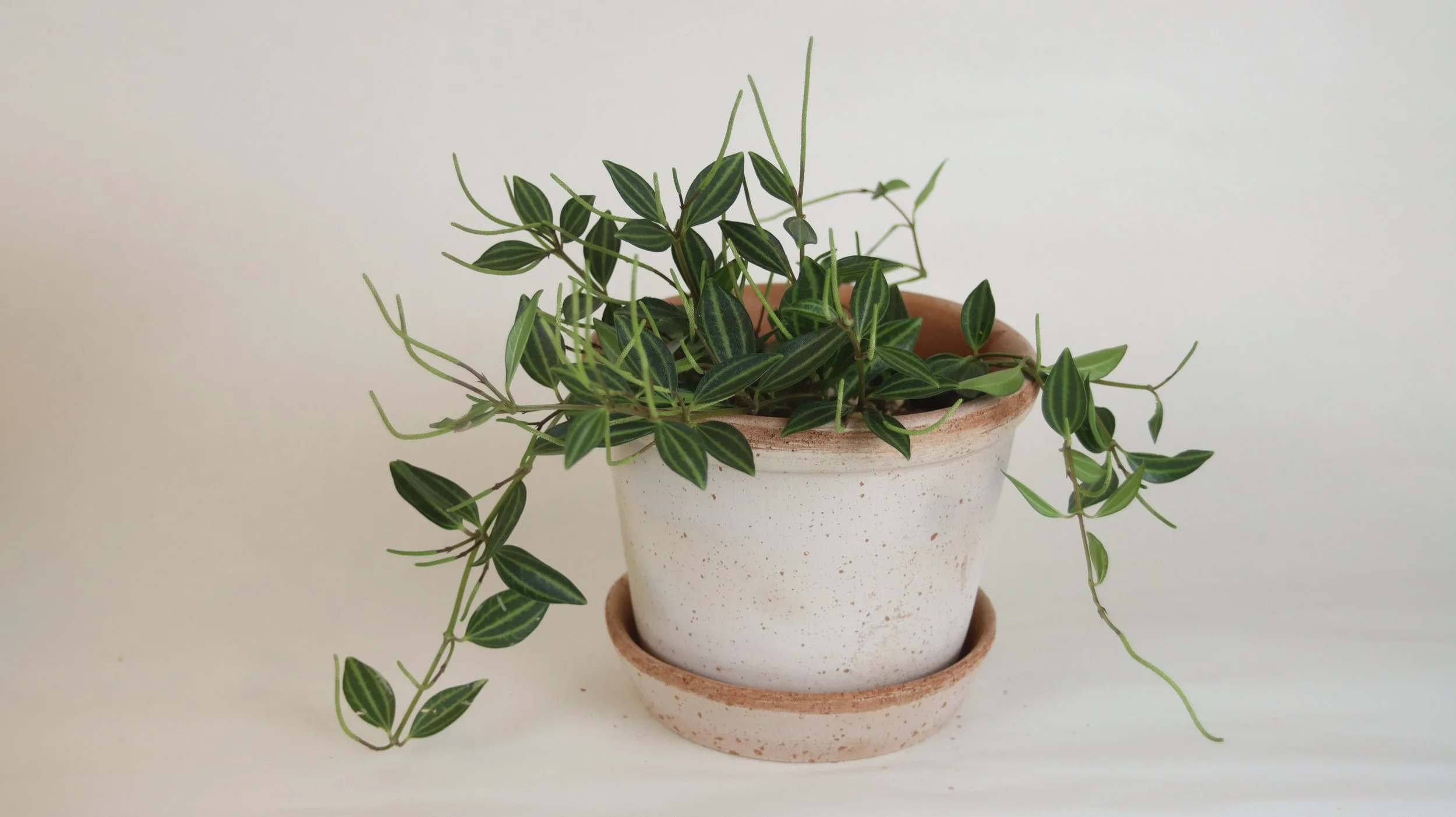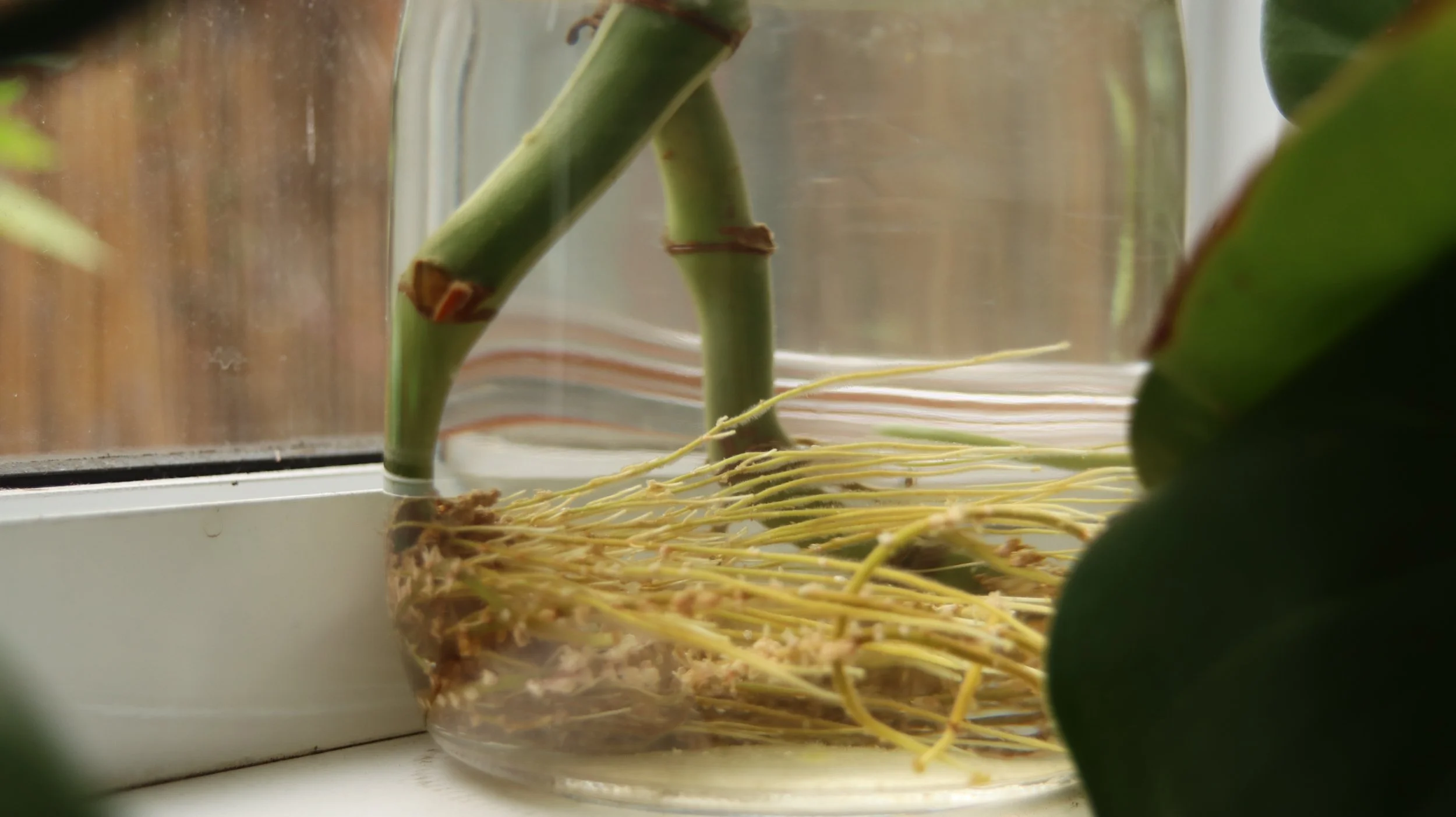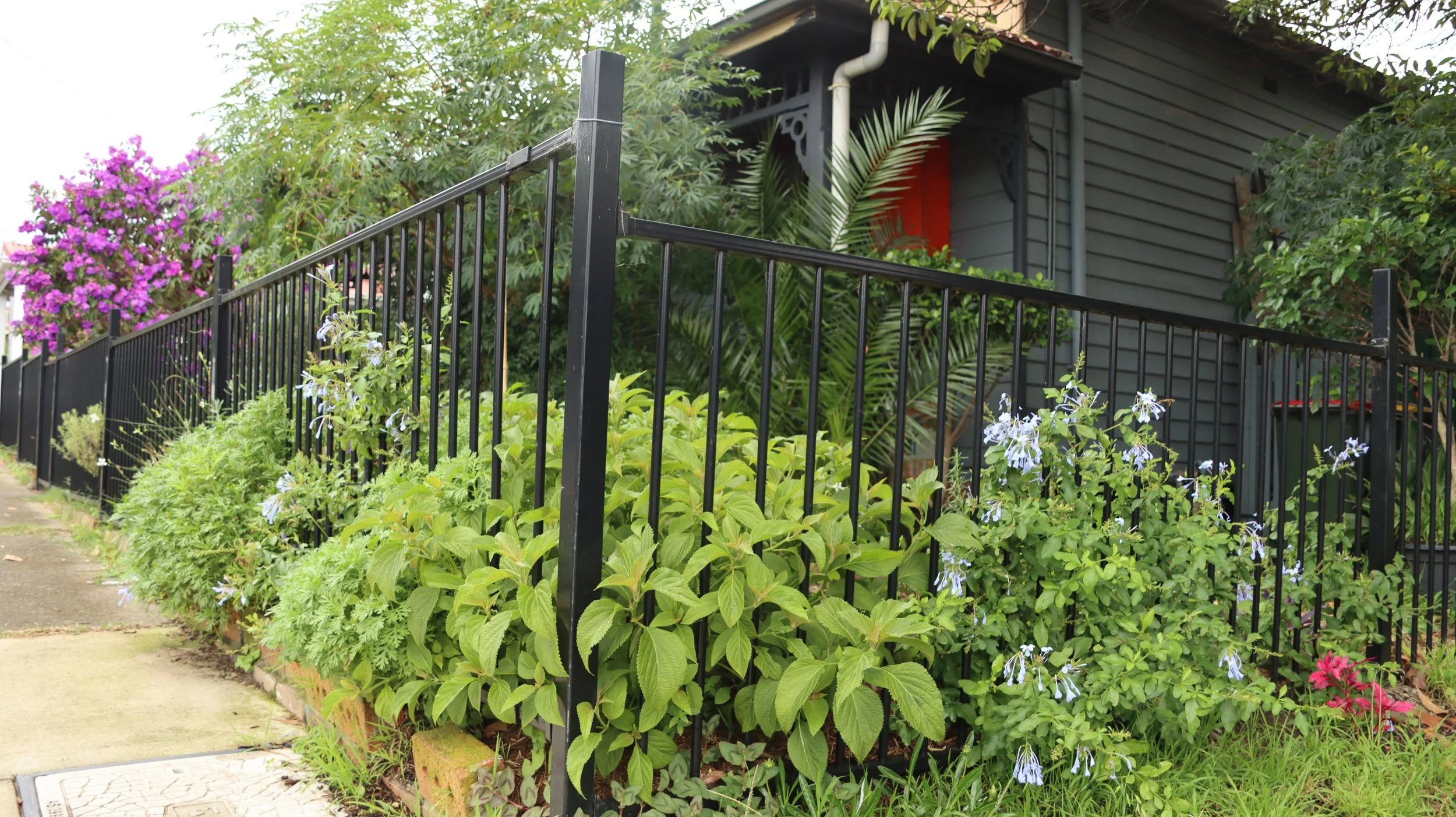CREATING A THRIVING GARDEN ON A SHOESTRING with HORTUS
My Garden transformed with propagated plants from the local neighbourhood - Arncliffe
“Plants have an awareness of their owners. In my eyes they know when you are around and they know you are their carer. They are loyal and respond to you personally, especially if love is given.” - Gina Tsoupis - HORTUS
Not all of us have a green thumb or an eye for garden design but most of us will agree that there’s nothing more rewarding and calming at the end of the day than sitting in your own garden or on your own terrace and gazing over a thriving array of plants.
The perfect accompaniment to any Friday cocktail I might add.
Plants are expensive and they don’t always thrive so it can feel both futile and like money wasted to even dream of a thriving garden. Renters especially might be loath to spend good money after bad on plants that just die.
I can completely relate to all the above, but I want to share the amazing experience I’ve had transforming a rental garden from an over-tangled mess of weeds into a pretty garden.
Not only do I get the pleasure now of bees and butterflies, not to mention that delicious cocktail hour with my feet up admiring my work, but a surprising outcome is how many neighbours have commented on how the garden looks. One neighbour even dropped a letter into my mailbox to say thank you.
I could go on and on about the community building benefits of gardening, but I’ll just focus on how you can also achieve results in your garden on a shoestring budget.
I didn’t do it alone, I had a lot of good advice from Gina Tsoupis, owner and director of HORTUS and her tips on propagation have really paid off.
Propagation involves taking a cutting from a plant (or a seed) and creating the right environment for it to produce a new root system. It does require patience but not a lot of money. Here are Gina’s top 10 tips on creating a garden that will thrive
1. Get familiar with your local area
Your local environment says more to you than you know and will guide you to select the type of plants that naturally do well in the climate and location, so get out and observe your local landscape. Be inspired by other gardener’s accomplishments and you can benefit from other people’s trial and error.
2. Narrow in on the plants that do well
Look for plants doing well in the local area. You can often see a repetition of similar plants. This is often because cuttings have been shared among neighbours or certain plants have seeded themselves. Look for the plants that catch your attention when they are in full bloom and flourishing. These are the plants that are more than likely to do well in your own.
3. Choosing for position and light
Another aspect to consider is where the plant is positioned. Is it in a shady or sunny position? Is it doing well there? If you’re seeing repetition of a plant in the neighbourhood, pay attention to where it thrives best. You’ll get an idea where it will be happiest in your own garden. Lastly, if are not quite sure what plant it is, it is the best to ask and you can start your research on how that plant will do best in your own garden also
4. Which plants can be propagated?
There is a fair bit of trial and error in propagating from cuttings. The best thing about propagating this way, is that it doesn’t cost anything to experiment. Having said that, some fool proof plants to start with are succulents, geraniums, climbers, begonias, aloes and cacti. These will usually take with no fuss.
If you’re feeling adventurous, in the words of Gina’s father, “give it a go!”. Gina says, “My father has had success that’s surprised me over the years, but then he’s also been gardening for years.”
Fruit trees can be propagated from seeds or cuttings (avoid shop bought fruit). To start from seed, remove from the fruit and dry it for a few weeks. Research the best time to sow the seed depending on the plant.
Cuttings should be made from the current season’s growth. The best season is spring and summer. You can either opt for a softwood cutting or a semi hardwood clipping of that season’s growth.
Successful cuttings can be taken from other hardwoods but they usually require a more experienced gardener with knowledge and confidence in the propagation of trees.
(I for one haven’t had a lot of luck with trees)
5. Use the right tools
While propagation is a very low-cost exercise, there a few important investments to ensure you give your cuttings the best start. You’ll need a good pair of secateurs, a small trowel, some good potting mix, and some planting pots as a starting point. You might also consider rooting hormone.
Importantly a good pair of secateurs will ensure you leave the mother plant unscathed while you make a clean get away. There’s nothing worse than trying to be discrete while you’re pulling and tearing at a stubborn branch!
Another way to save on costs is to pick up pots in roadside clean ups. This will ensure you have a good supply or transition pots in various sizes.
When you’re ready for some beautful terracotta, be sure to look at Hortus’s range of Italian pots. Equisite!
Parade Pot Available at HORTUS
6. Choose your moment
Propagation will often be more successful when the plant is not blooming, so take your cuttings after the plant has flowered. Trim off any flowers or flower buds from the stem you are snipping off. A stem cutting that contains flowers or buds will direct more energy into producing flowers than roots.
The best time to take cuttings is in the spring or summer when the plant has new growth.
7. Prepare to cut
Prior to taking a clipping, it is essential that you are taking from a healthy plant. Always inspect the plants health and choose a healthy branch to be assured you will have successful propagation. Choose a section about the length of your hand and cut just below a node. What is a node? It is where the leaf meets the vine or under the point on a branch where a leaf sprouts.
Roots sprout from the node of a Pothos plant
8. Set your cuttings up to thrive
When you take your cuttings home, your first step is to decide what propagation technique will suit the cutting to establish growth.
The most popular option is to place them in water. You can do this for most clippings.
The most critical part is the positioning the vase or jar. Keep the cuttings as safe and secure as possible, away from direct sunlight or cold areas. They are fragile at this stage and will not respond to the regular environment of mature plants. Inside near a window is best where they are out of the wind and receive ample light and warmth.
9. Patience first, but when you want to speed things up…
Most plants will naturally produce roots. This will take time and the length of time varies between plants. As long as the plant remains alive and has signs of growth, you can remain hopeful that roots will appear. In 3-4 weeks you should see root growth or growth occurring from the clippings - Some plants take a little longer so be patient.
Using a rooting hormone is a way to speed things up. It is mainly used on hardwood or soft wood clippings however it can be applied to most plants if you’re wanting a speedier process. It is available in powder form at most gardening stores.
Gina’s method for using rooting hormone, passed down by her mother, is to add a teaspoon of powdered root hormone into the water, then change the water weekly adding a teaspoon of the root hormone each time. You do this until you see roots.
Gina Tsoupis - In Tokyo reseaching Japanese Gardens
10. When to plant
Once you see prominent roots, remove the rooted cutting from the water and give it a good rinse with fresh water.
Add a scoop of soil in the bottom of a pot then place the clipping into the pot filling the pot up with more soil just till 5cm from the top. Choose a small pot for freshly rooted clippings. A less amount of soil allows more oxygen to reach the roots, which they need to survive.
When potting, always choose a good quality potting mix with slow releasing fertilizers.
If you’re planting straight into the garden, add a premium garden soil that has nutrients or fertilizers included in the mix. This is essential component to enhance good growth of plants.
With pots, you should add an aerated compost also as Perlite and Vermiculite to the mix. This is beneficial to the plant as it acts as a draining component in the soil that allows water to flow out easily from the pot and reduce potential for root rot.
Note that hardwoods, semi hardwoods, and succulents will handle a few days being in water, but cacti must move within a week into a soiled pot.
11. If at first you don’t succeed…
Not all propagation is successful. You will find that some clippings take, and others of the same plant have not thrived. This occurs regularly so don’t be disappointed, just try again. It may be that it was not a healthy or strong clipping to begin with.
Have fun and experiment.
A lot of the fun is walking around the neighbourhood and enjoying other people’s gardens while you wait for your own to take root.
You may end up with a procession of cuttings along the windowsill. These will add joy to your room while you wait and you’ll almost always have something ready to pot.
Before you know it your garden will be thriving with plants suited to your garden.
A work in progress. Transformed from an over grown weed patch, this garden is flourishing with local propagations
If you would like to learn more about the secret life of plants and be matched with plants that will survive and thrive in your home, HORTUS offers a unique service matching plants to people.
Gina Tsoupis, owner and Creator of HORTUS, has a bond with plants that is truly remarkable.
“Plants have an awareness of their owners, in my eyes they know when you are around and they know you are their carer. They are loyal and respond to you personally, especially if love is given.”
“ Not all plants are a match to all people. I focus on how people live in their environments and their approach in life. An independent and social personality with little time to spare, will be well matched with a plant that doesn’t need attention, a plant that can also be independent and low maintenance. “ - Gina Tsoupis
In a throwaway society, plants often suffer at the hands of the wrong owner.
Something I love about HORTUS’s ideology around plants is that it puts a little of the onous on a plant owner to consider why a plant failed and ensure the next plant will be the right fit to thrive.
Justine Wahlin is a Sydney based artist and musician with a long time love of transforming rental gardens.
Gina Tsoupis is a qualified interior designer specialising garden design - Owner and creator of HORTUS
Visit HORTUS https://www.hortusco.com.au/
References;
Primary source - Gina Tsoupis
https://extension.umaine.edu/gardening/manual/propagation/plant-propagation/#:~:text=The%20major%20methods%20of%20asexual,plant%20parts%20from%20different%20varieties.





